Farmers battling with current feed shortages could benefit from using a free WA-made software program called Rumen8 to help stretch their hay further, according to Cundinup livestock producer Paula Carroll.
Paula farms with husband Michael and his parents Alf and Karen Carroll. They manage three properties around Cundinup totalling 400 hectares where they mate 1st cross Angus Friesian cows with black Simmental bulls for the vealer market.
In February, Paula attended Western Beef Association’s Rumen8- Beef training in Bridgetown.
Rumen8 helps allocate feed to beef herds efficiently and was developed back in 1996 by WA consultants Dr Martin Staines and Richard Morris. It now has up to 5,000 users across 60 countries!
After completing the course, Paula said: “It was fantastic. I’d only glimpsed Rumen8 before and wasn’t sure how much detail you had to go in with, so I was really glad I did the course,” she said.
“It’s very easy to use.”
Then vs now
Paula said before doing the workshops she was basing decisions on condition scoring and how well her cattle cleaned up the hay.
“We had a few formulas to work out what they should be getting, but the formulas were really basic and didn’t take into account the quality of the hay we were feeding, so there was a lot of guess work in there,” she said.
“With Rumen8, I can input our data, our type of cattle, pregnancy and lactation status, and feed analyses that we’d done ourselves. Factoring in all that detail tells us exactly what we need to feed.
“Obviously there’s variables in there, and they talk you through that in the workshop, but it just gave us a really good starting point.
And in a season like this where feed is really tight, knowing that we’re not over-feeding is important because they would happily eat whatever we gave them.
“We’ve been able to create a really tight feed budget and work with what feed we’ve got without any detriment to the cows.”
Managing the feed budget
Paula has also used the program to make changes to her feed budget.
“We decided that we wanted to stretch our hay a bit further, so we decided to supplement with pellets,” she said.
“I used Rumen8 to work out how many pellets we need to feed to offset the reduction in hay.”
The program allows farmers to aim for a specific weight gain rate, or simply to maintain weight.
“At this point in time we are just working on maintenance. And what I’m seeing out in the paddock is the cows are holding their condition well and the calves are looking fantastic,” she said.
“I sleep a lot better at night and have the confidence that we’re making the right decisions and have the information to back it.”
Grazing Matcher Program
In 2022, Paula took part in the Grazing Matcher program, coordinated by Western Beef Association with support from South West NRM, Healthy Estuaries WA and MLA. The program helped Paula manage her grazing rotations, providing cues to determine when to move cattle from one paddock to another.
“We’ve been doing rotational grazing for a long time, but until doing the Grazing Matcher program, I was guessing when I should shift the cows and how long to leave them in a paddock, and I was getting it wrong,” she said.
“I just needed some tools to help make decisions and know I was on the right track.”
The main cues Paula uses are waiting until the ryegrass in her sward has grown 2.5-3 leaves before bringing stock into a paddock, and then taking them out when the pasture has been grazed down to 4-6 cm.
“I was able to graze at the third-leaf stage for the majority of paddock rotations last year. But probably the biggest thing was not over grazing and taking them out when the pasture had been grazed down to 4-6 cm in height, giving it the time it needed to recover,” she said.
“We’ve got some smaller paddocks, and the difference of half a day’s grazing was all it took to overgraze.”
Improving hay quality
The program also helped Paula improve the quality of her hay, which had a high NDF (neutral detergent fibre) percentage. NDF is a measure of insoluble fibres such as lignin. As NDF increases, digestibility declines.
“We had a really good trouble-shooting workshop with our Grazing Matcher group just before the hay season where we were able to work that our cutter bar was too low, so we were cutting the non-functional fibrous stalks,” Paula said.
“So, in 2023 we lifted the cutter bar up to 8cm and are now hitting NDF percentages at 55% which I’m really happy with.”
Despite the dry season in 2023, Paula’s hay yield didn’t suffer any significant decline.
“Our yields were only minimally lower in 2023,” she said.
“There was no significant drop in the number of hay rolls compared to the last six years. We did a couple of applications of fertiliser, and a later nitrogen application got our protein percentage up.”
This project received funding from the Australian Government’s Future Drought Fund.
For more information and case studies related to Drought Adaptation, visit the below project page of our website.



